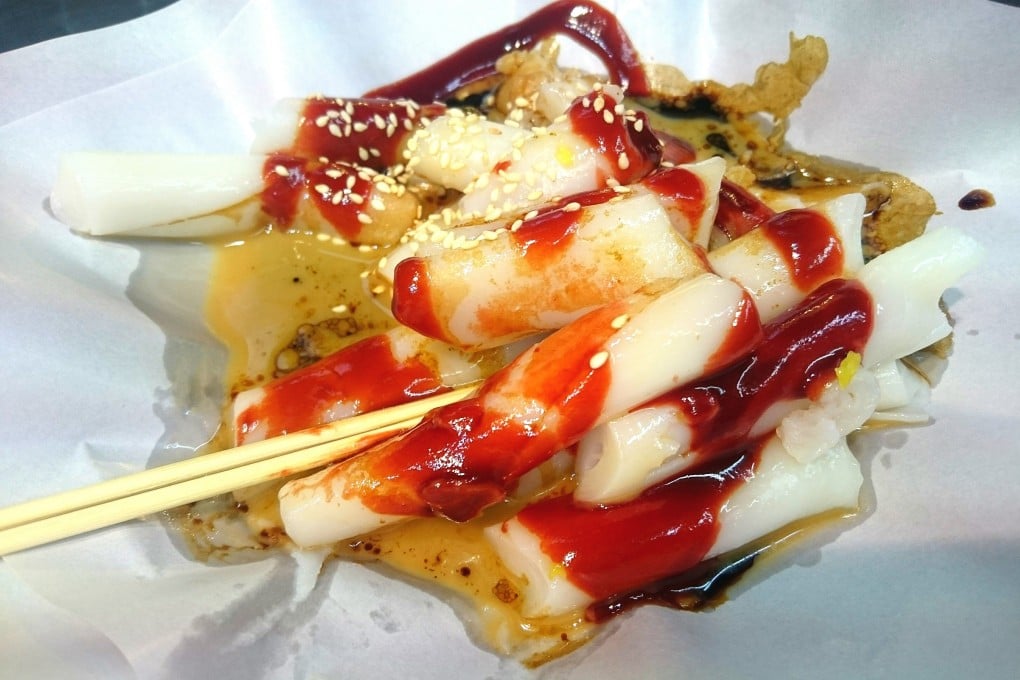What is cheung fun? The different types of Chinese rice noodle rolls, and how to make them
From Hong Kong dim sum classics to Malaysian twists, here’s everything you need to know about cheung fun, including expert cooking tips

Silky, slippery cheung fun, also known as steamed rice noodle rolls, have long been a staple dish at Hong Kong’s dim sum restaurants and street food stalls.
There is no definitive date for when cheung fun came to be, but some believe these rolls date back to the Tang dynasty (618-907), when people in southern China began soaking rice in water and grinding it into a batter for dishes. Some cookbooks trace the origins of modern cheung fun to the 1930s in Guangdong province.
Fast forward to today and cheung fun is immensely popular in Hong Kong and beyond, served at restaurants, hawker stalls and food carts around the world.

It is not an easy dish to make and requires many technical skills.
Chefs mix rice flour and water, and sometimes wheat starch or tapioca flour, to make a thin, milky batter. Higher-end restaurants will sometimes grind their own rice, as is the case for Man Wah, a Michelin-starred Cantonese restaurant in the Mandarin Oriental, Hong Kong hotel.